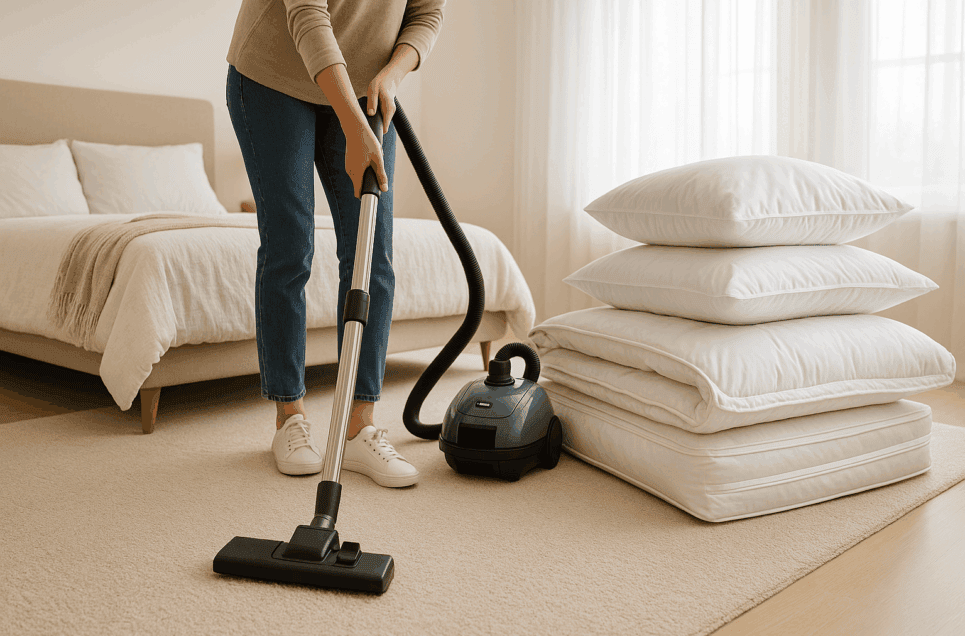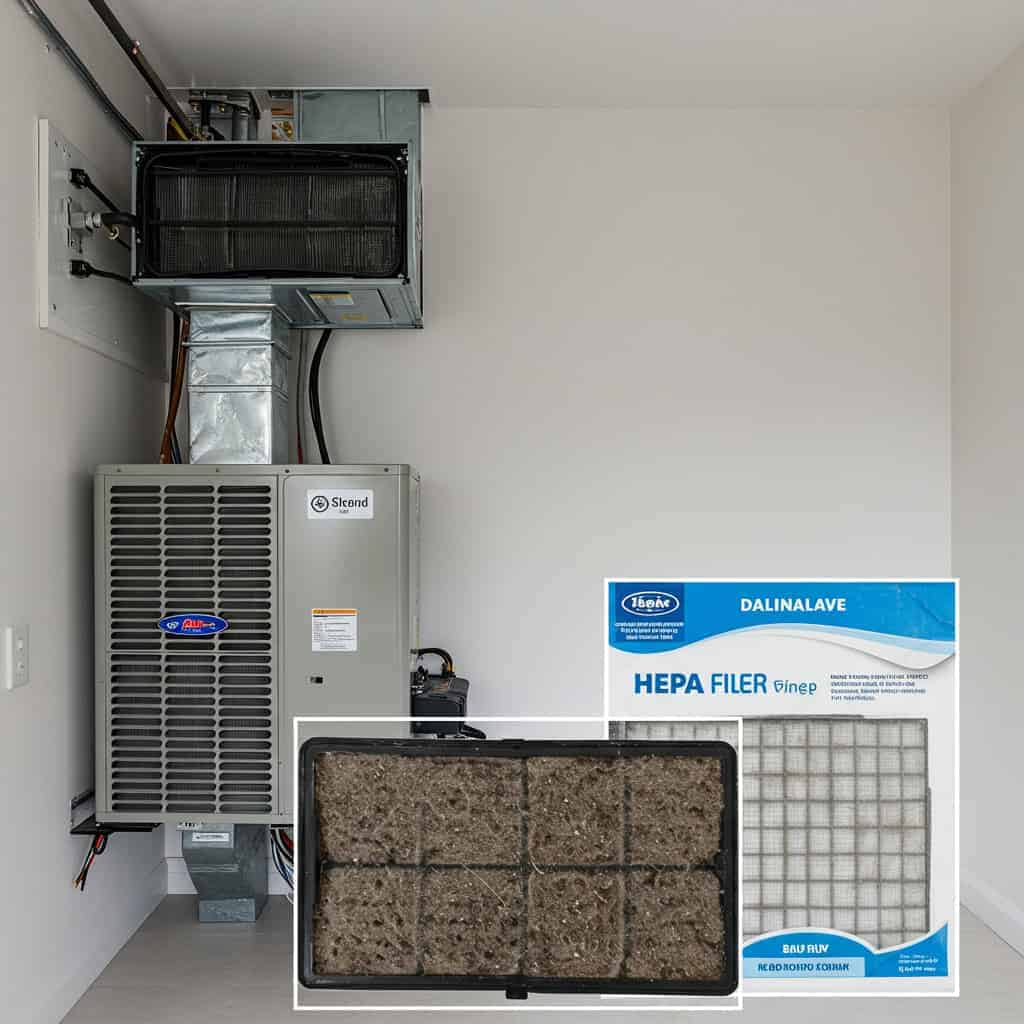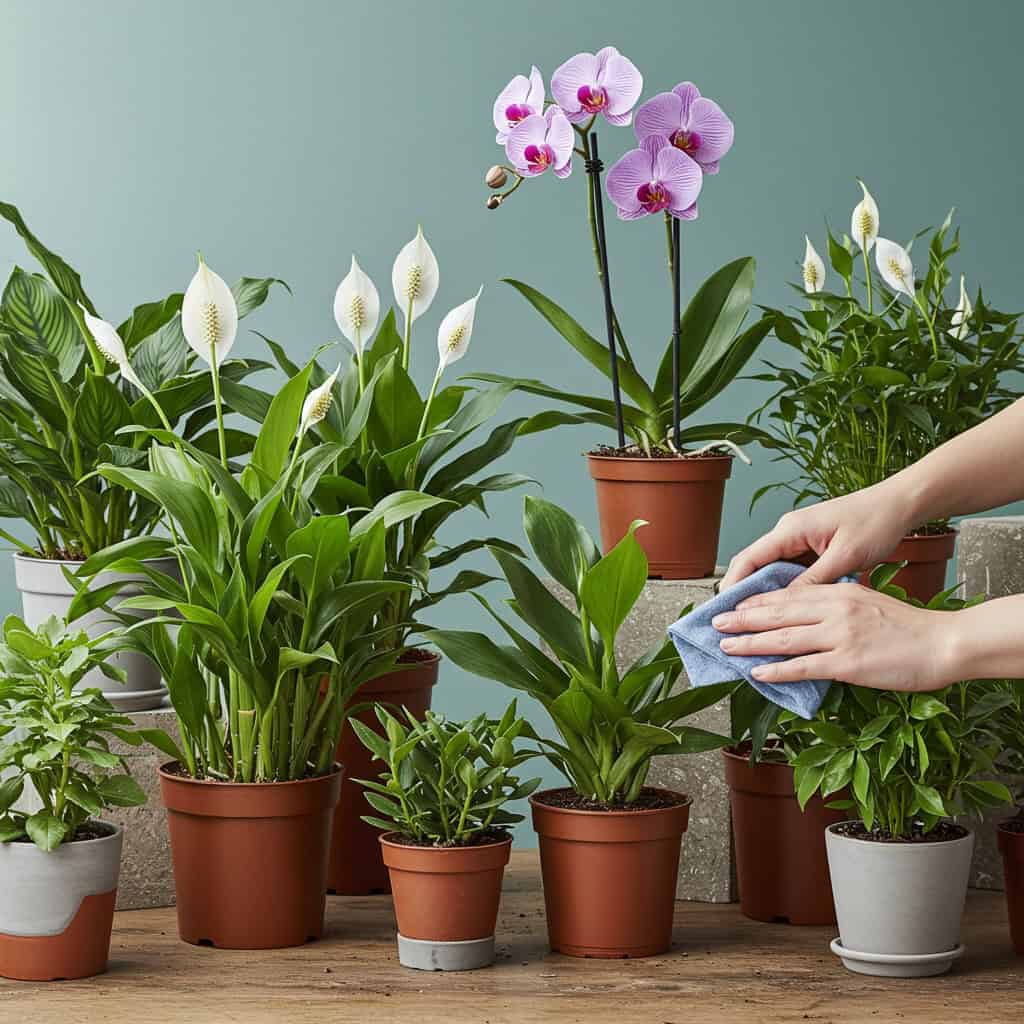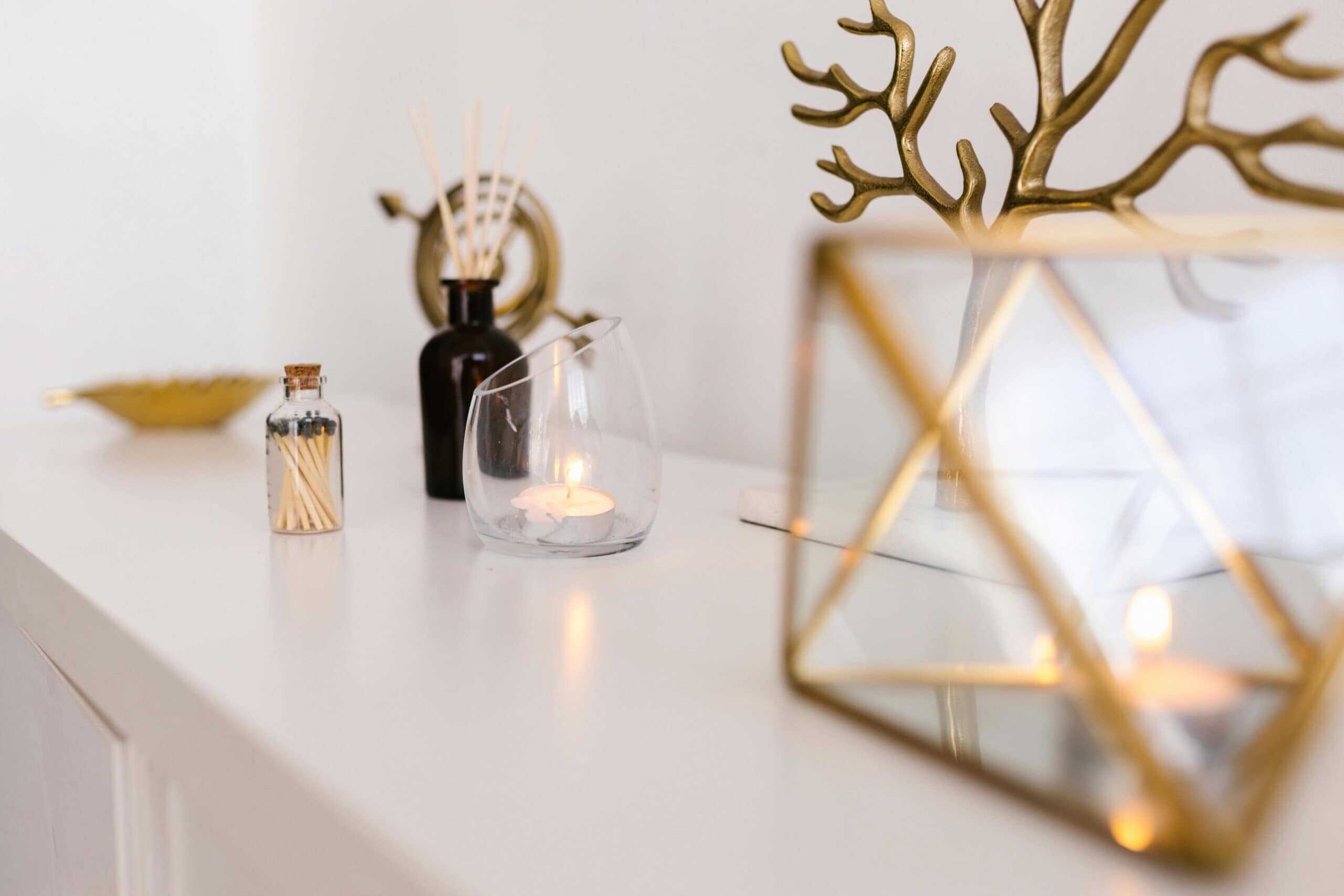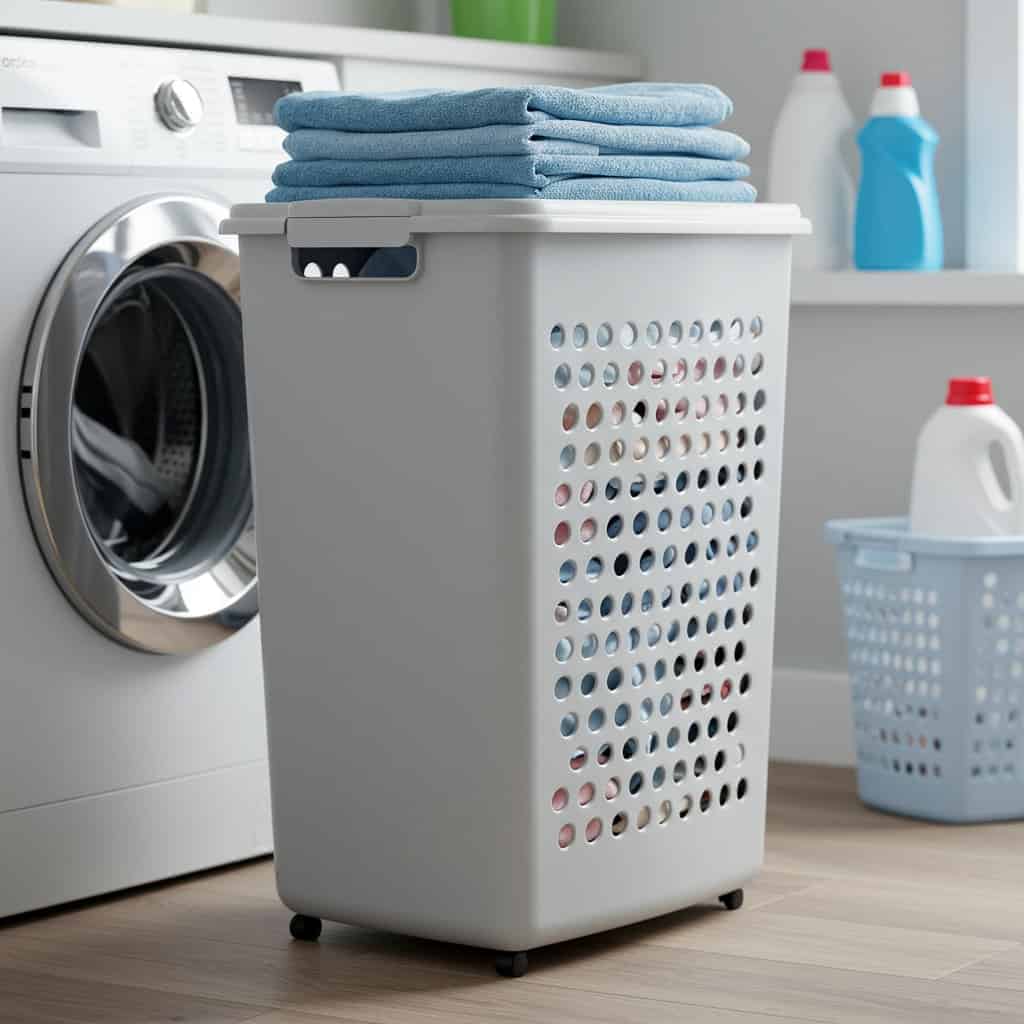Everyday life at home should be comfortable, but hidden triggers may be worsening allergies without notice. From overlooked objects to common routines, subtle culprits can cause sneezing, congestion, and even asthma flares. Identifying and addressing these sources can help create a healthier living environment. Discover ten unexpected things in the home that may be making allergies worse—and learn simple, effective ways to fix each issue.

